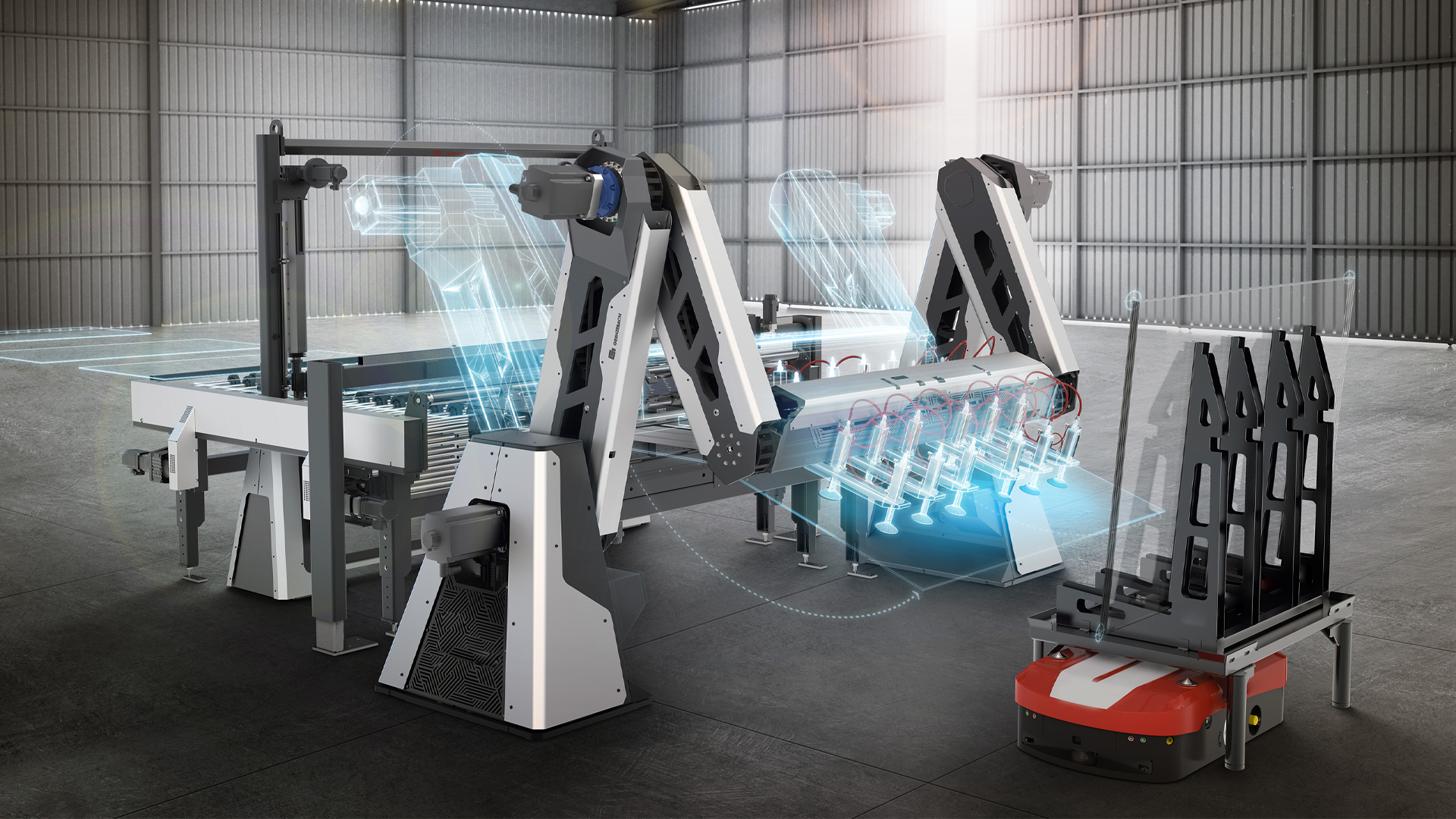The three pillars of Intelligent Performance Engineering

Intelligent Performance Engineering (IPE) provides machine builders a pathway for developing innovative engineering practices to keep up with the growing sophistication of next generation machines.
Customers are demanding more intelligent, flexible, configurable, and automated industrial machinery equipment, and the methodologies within IPE enable the engineers building these machines to accomplish their goals more easily and efficiently.
What is Intelligent Performance Engineering?
Intelligent Performance Engineering includes three main features:
- Integrated design and simulation
- Multiphysics simulation
- Closed-loop validation
As technology has advanced, these three concepts have experienced significant improvements, and this has led to a new era of industrial machinery development and design.
1. Integrated Design and Simulation
Combining design and simulation helps to create better designs overall.
Keeping analysis data and test data in a single simulation environment with your design data provides a number of advantages.
This brief video outlines the many benefits.
Designing any complex machine requires looking at it from every angle, and integrated design and simulation can help accelerate that process.
2. Multiphysics simulation
Making multiphysics simulation available to design engineers creates an opportunity to capture machine complexity and improve design through multiple what-if scenarios.
Previously tested one at a time, multiphysics simulation addresses critical interrelations all at once, encouraging collaboration between domain experts.
This short webinar clip highlights what multiphysics simulation can accomplish.
By incorporating multiphysics simulation in an integrated design and simulation environment, machine builders can more easily swap out different components into a customized machine design and receive immediate performance feedback.
3. Closed-loop validation
The final step to implementing IPE is closed-loop validation, or confirmation of virtual testing with real-world results.
As information from the machine’s usage becomes available, it merges with the verification analysis data, putting testing, simulation, and design in sync.
Watch this webinar clip for a high-level overview of closed-loop validation.
Real-world data can help design teams optimize machine performance in operation and improve next-generation machines.
Intelligent Performance Engineering in action
Implementing Intelligent Performance Engineering (IPE) is simply a matter of using integrated design and simulation, multiphysics simulation, and closed-loop validation.
All together, these three pillars help industrial machinery manufacturers address the challenges the industry is currently facing.
Find out how forward-thinking companies are using IPE to solve new problems in this educational webinar.
Read the introductory white paper, “Intelligent Performance Engineering: A new approach to machine building,” for an in-depth look at this topic and more.
